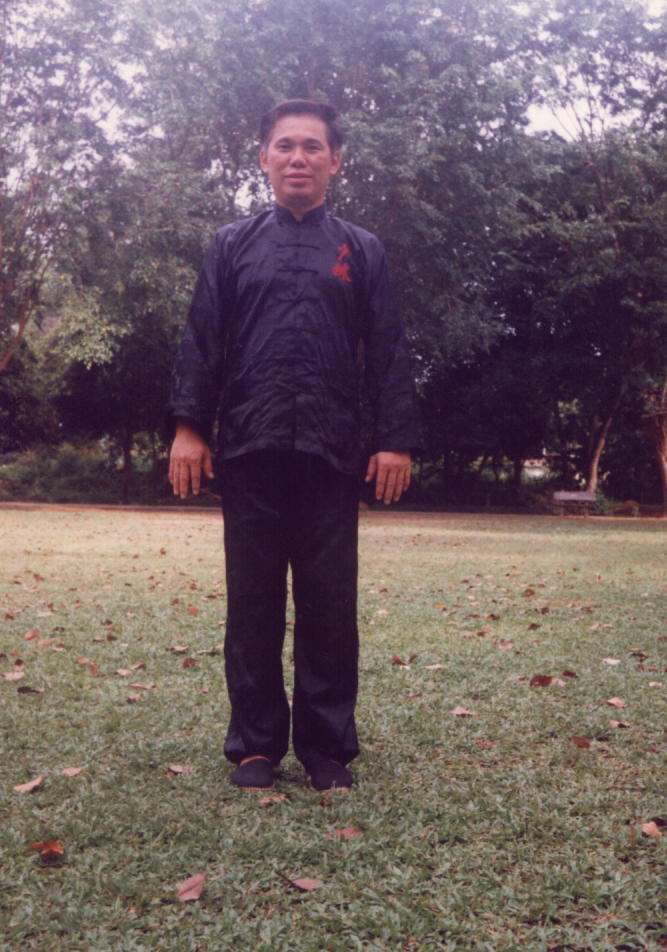MEDITATION AND QIGONG IN MARTIAL ARTS

Standing Meditation
Question
I have come to the conclusion that martial art training without meditation and qi gong, is not martial art. Not only are the higher elements of self defense missing, but the internal “fight” against disease is not addressed.
-- Terrance, England
Answer
What you say is true when it concerns great martial arts. But most martial arts are ordinary, not great, and therefore your conclusion may not be true.
For our purpose here, we may divide martial arts into three classes.
Third class martial arts, where most martial arts or sports of today belong to, including many styles of genuine kungfu, are solely for fighting, and their training is mainly physical, without meditation and qigong. In fact, many of their training methods, like striking their fists into tree trunks to condition them and tensing their body for muscular strength, are detrimental to health.
Second class martial arts are those that train combat efficiency as well as contribute to health. They include all internal kungfu styles like Pa Kua and Hsing Yi, some external kungfu styles like Hoong Ka and Praying Mantis, and some non-Chinese styles like Jujitsu and Aikido. With the exception of the internal styles, their training is mainly physical with occasional application of medication and qigong to enhance their training.
First class martial arts are those that train combat efficiency, contribute to health and cultivate towards the highest spiritual attainment. Without meaning disrespect to the other martial arts, I can think of only two examples, genuine traditional Shaolin Kungfu and genuine traditional Taijiquan. Here the training itself is meditation and qigong, the physical form is merely the vehicle.
In internal styles of kungfu like Pa Kua and Hsing Yi, it is also true that the training is meditation and qigong, with the physical form acting as a vehicle, though the emphasis on the physical form is relatively more. But basically these arts were first developed for fighting, whereas Shaolin Kungfu and Taijiquan developed from the original purpose of spiritual cultivation. The initial impetus and philosophy, of course, have great influence on the subsequence development and methodology of the arts.
Hence, many martial arts do not employ meditation and qigong in their training, but they are still martial arts. It is also true that these martial arts do not address the internal “fight” against diseases.
Understandably, many people may disagree with my criteria for classifying martial arts into the above three categories. They may argue that a martial art that defeats an opponent fast regardless of the cost, is first class. On the other hand, even if they agree with my classification, they can still argue that theirs are first class martial arts even when their arts are aggressive and brutal.
But I would find it hard to understand how one could still say that a certain martial art contributes to health, combat efficiency and spiritual cultivation when their practitioners routinely and intentionally hurt one another in their practice, which shows that they will not be healthy, have poor self defence and harm their spirit.
LINKS
